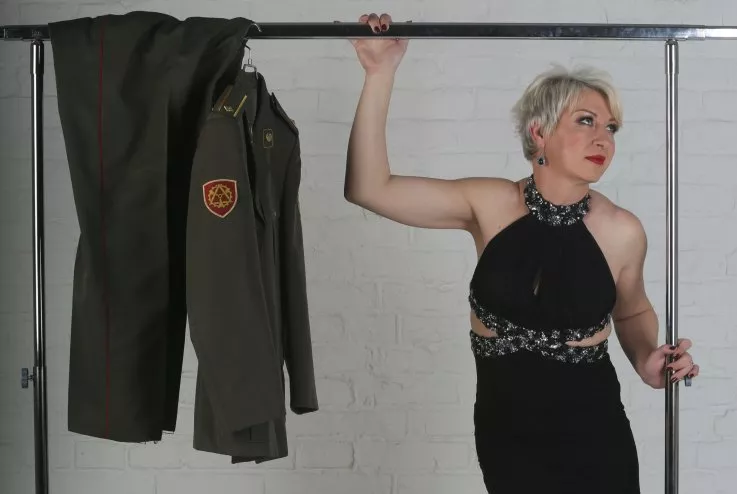Quote:
| According to some archaeological data, in the first centuries. e. in
present-day Serbia, then part of the Roman province of Pannonia,
inhabited by Jews. Also preserved evidence of their stay in Belgrade and
other towns on the banks of the Danube River in the 10th century., When
Serbia became an independent principality. In the 12-13 centuries to
country moved Ashkenazi families from Hungary and Germany; Jews are
mentioned in the two charters of the Serbian Tsar Stefan Dusan, dated
1337 and 1361. By 1530, in Belgrade, there are two communities - the Sephardi and Ashkenazi. Then arose in the Jewish Quarter of the city, has been located near the Sava River (in the 17th century. Moved to the bank of the Danube); Accommodation there was no mandatory. At the same time formed community located near the cities of Belgrade, Sabac, Smederevo and Pozarevac. In the 16-17 centuries. the Jewish population of Serbia is constantly fluctuating: it prevented the stable growth of the epidemic, fires and wars. However, in 1663 in Belgrade lived about eight hundred Jews; the city was thus the third-largest Jewish center in the Balkans (after Istanbul and Thessaloniki). In the 17th century. Belgrade was a major center of Jewish learning: wide popularity enjoyed yeshiva, which opened here in 1617 on the initiative of Rabbi Yehuda Lerma (Rabbi of Belgrade in 1617-42.). In 1804, the Jews of Serbia supported the armed uprising of the local population against the Ottoman rule, organized supply of the rebel army with food, weapons and ammunition. When on part of the territory of Serbia in 1815 was created virtually autonomous principality with its capital in Belgrade, the situation of the Jews living there has improved significantly. Prince Milos Obrenovic (ruled 1815-39 and in 1858-60) Not only provided them with Christians equal political and economic rights, confirmed Sultan's decrees (Hutt and the sheriff) from 1830 and 1833, but and personally patronized the community. In the immediate neighborhood of prince here were several Jews; David H. (daviche) was his adviser on financial matters. The Jewish population increased rapidly In 1877 the Parliament of Serbia was first elected a Jew - Avraham Ozer (Ozerovich, 1848-1916). The Serbo-Turkish War of 1876-78 years., that provided full independence for the country, was attended by 55 of the Jews; four of them have been awarded, and Michael Lake, differed in eight battles, received the rank of brigadier for his bravery. At the end of the 19th century. - Early 20th century. in Vojvodina, there were about 50 Jewish communities, mainly neological (see. reformism in Judaism). The region is home to over ten thousand Jews, of whom two thousand - in Novi Sad. |
Another Russian source claims:
The Jews in Serbia have always been treated well. And difficult to imagine the Serbian history without brothers Rybnikar, Getse Kona Nusic or Davicho . In times of royal Yugoslavia the number of Jews increased from 13 000 (and 500 in Kosovo) in the 71 thousands. From 1919 to 39. (Census data). And they lived not in Zagreb nor Ljubljana, but in Serbia, in Belgrade and the surrounding area. According to the Union of Jewish Communities in Serbia in 1939-41 arrived 55 thousand Jewish immigrants. There is a study of E. Gajic "Yugoslavia and the Jewish Question" (1938). It says that "in Yugoslavia no formal or any other discrimination against Jews, anti-Semitism and all kinds of strange Yugoslav, and especially Serbian people [alien]." Moreover, from the Austro-Hungarian Empire at the time Jews fled to Serbia. Not to be unfounded - the history of the wound Neubauer, who became Novakovic
Moreover, the Serbs and Jews lived and suffered in Serbia together, and loved it together. And the Serbian shrine - Miroslav Gospel - on their hands through Albania, during the exodus of the Serbian army, carried Serbian Jew Abram Levich, and in gratitude Serbs erected a synagogue in Belgrade.


No comments:
Post a Comment